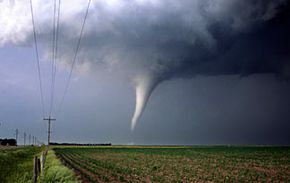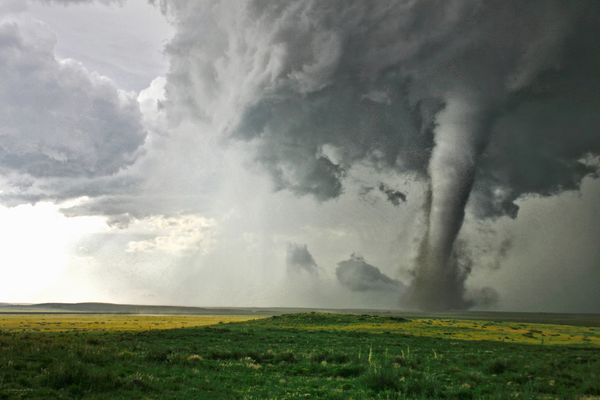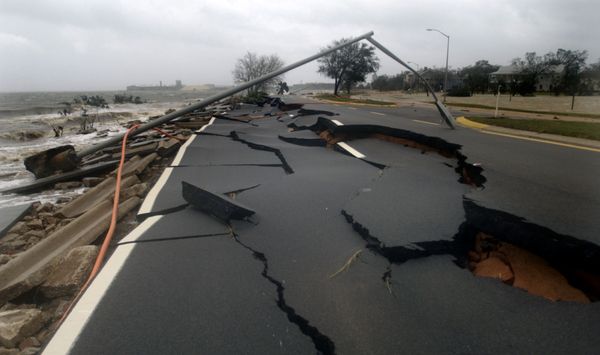Key Takeaways
- Harvesting energy from tornadoes and hurricanes remains a theoretical concept with significant technical and ethical challenges.
- Attempts to harness such extreme weather phenomena could pose risks to human safety and environmental stability.
- While the idea may intrigue researchers, practical implementation is currently unfeasible and potentially dangerous.
Amid the deadly gusts of wind and chaotic storms signaling an impending tornado, you rush indoors to a safe, windowless place well within a building structure to escape harm's way. Watching the storm unfold, you wonder whether something positive could result from Mother Nature flexing her meteorological muscle: What if we could harness energy from tornadoes and hurricanes?
So far, experts haven't collected energy from these storms, but the idea has potential if we somehow develop cost-effective technology to do it.
Advertisement
Tornadoes and hurricanes produce massive amounts of energy. One scientist estimates that the average energy produced by a hurricane at any given moment measures in at 200 times the world's electrical generating capacity at the same moment. But not all energy is dissipated equally. Tornadoes and hurricanes are notoriously messy, with most energy dedicated to simply keeping the storm going.
Also, it depends on what you plan to use to collect the energy, said Chris Landsea, the science and operations officer at the U.S. National Hurricane Center. For hurricanes at least, the storms release the most energy and heat while condensing water vapor into droplets. At present, we don't have technology capable of capturing this type of heat energy. In addition, hurricanes play out the majority of their short life cycle at sea, where plenty of logistical problems stand in the way. The storms can come and go in as little as two days, Landsea said, and when they hit land, they lose much of their momentum and energy.
People also have considered placing windmills in a storm's path to harness wind energy. But there's a catch: Turbines would have to be strong enough to withstand the brutal forces of tornadoes and hurricanes while being mobile enough to securely station them in the storms' paths. Even now, companies brace their equipment for incoming storms by shutting off their wind turbines to prevent them from becoming damaged -- or even worse, transforming into large projectiles, according to one Scripps Howard News article.
In order to gather wind energy from storms, technology such as wind turbines would need to be both sturdy and mobile -- two qualities that are generally at odds.
The unpredictability of tornadoes and hurricanes keeps us from devising ways to harvest energy from them. Scientists are still working to answer basic questions about tornadoes and hurricanes, including how and why they suddenly appear. Even then, investors would need a guarantee that a given plan ensures the energy-harnessing technology stands a good chance of intersecting with the storms.
At this time, it's unfeasible to gather energy from naturally occurring tornadoes and hurricanes. But what about smaller, artificial ones?
Advertisement


